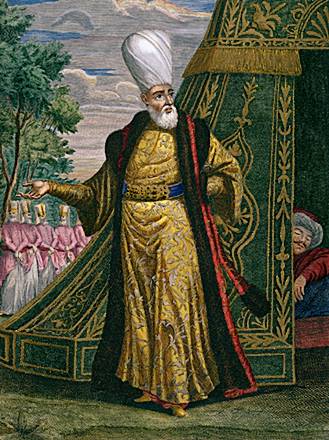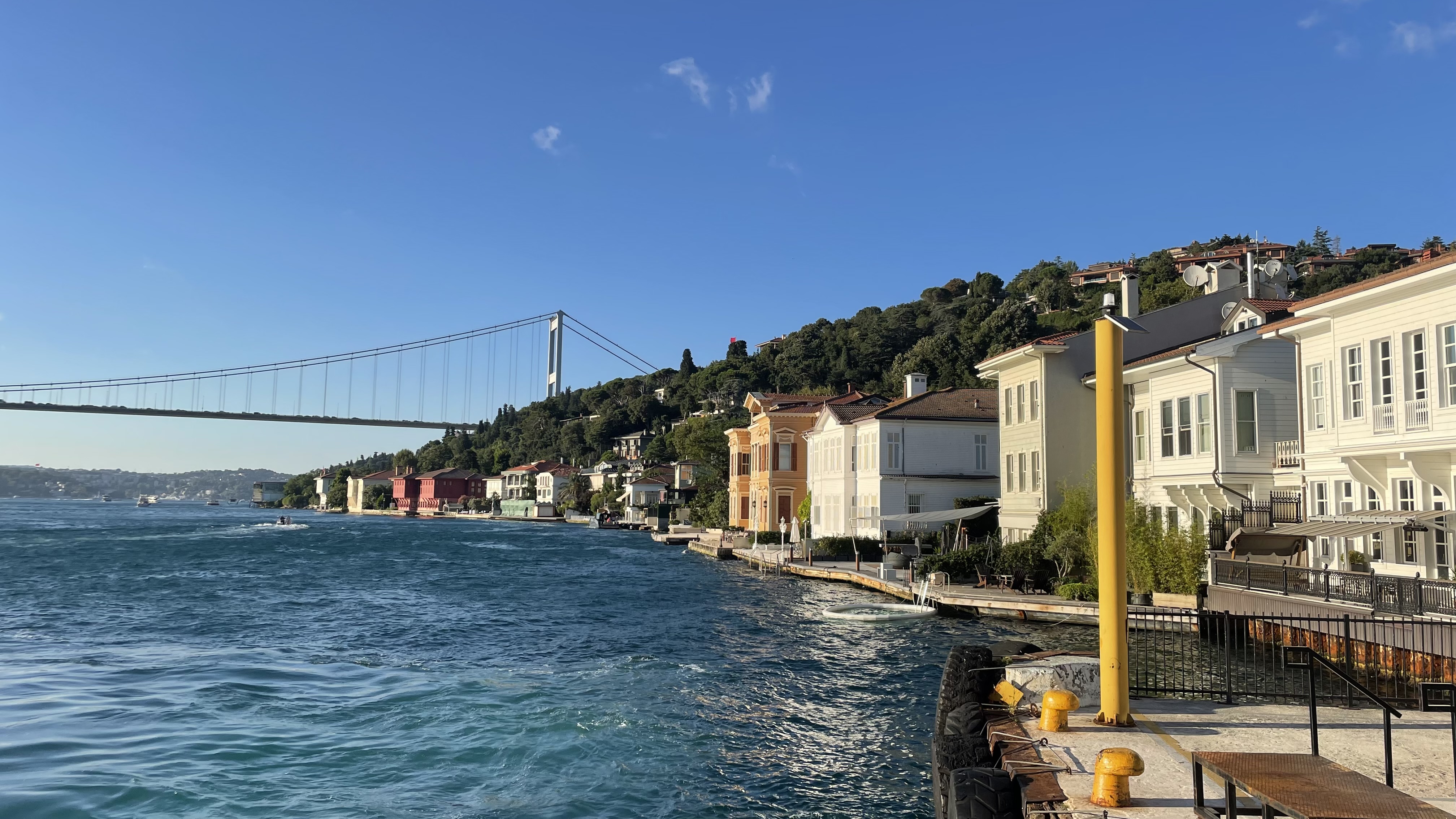|
Akıncıs
Akinji or akindji (, ; plural: ''akıncılar'') were Turkish irregular light cavalry, scout divisions (deli) and advance troops of the Ottoman Empire's military. When the pre-existing Turkish ghazis were incorporated into the Ottoman Empire's military they became known as "akıncı." Unpaid, they lived and operated as raiders on the frontiers of the Ottoman Empire, subsisting on plunder. In German sources these troops were called ''Renner und Brenner'' (English: "Runner and burner"). There is a distinction made between "akıncı" and " deli" cavalry. History In war their main role was to act as advance troops on the front lines and demoralise the marching opposing army by using guerrilla tactics, and to put them in a state of confusion and shock. They could be likened to a scythe in a wheat field. They would basically hit the enemy with arrows. When attacked in melee, they would retreat while still shooting backwards. They could easily outrun heavy cavalry because they were ... [...More Info...] [...Related Items...] OR: [Wikipedia] [Google] [Baidu] |
Military Of The Ottoman Empire
The Military of the Ottoman Empire () was the armed forces of the Ottoman Empire. It was founded in 1299 and dissolved in 1922. Army The Military of the Ottoman Empire can be divided in five main periods. The foundation era covers the years between 1300 (Byzantine expedition) and 1453 ( Conquest of Constantinople), the classical period covers the years between 1451 (second enthronement of Sultan Mehmed II) and 1606 ( Peace of Zsitvatorok), the reformation period covers the years between 1606 and 1826 ( Vaka-i Hayriye), the modernisation period covers the years between 1826 and 1858 and decline period covers the years between 1861 (enthronement of Sultan Abdülaziz) and 1918 ( Armistice of Mudros). The Ottoman army is the forerunner of the Turkish Armed Forces. Foundation period (1300–1453) The earliest form of the Ottoman military was a steppe-nomadic cavalry force.Mesut Uyar, Edward J. Erickson, ''A Military History of the Ottomans: From Osman to Atatürk'', Pleager Se ... [...More Info...] [...Related Items...] OR: [Wikipedia] [Google] [Baidu] |
Ottoman Empire
The Ottoman Empire (), also called the Turkish Empire, was an empire, imperial realm that controlled much of Southeast Europe, West Asia, and North Africa from the 14th to early 20th centuries; it also controlled parts of southeastern Central Europe, between the early 16th and early 18th centuries. The empire emerged from a Anatolian beyliks, ''beylik'', or principality, founded in northwestern Anatolia in by the Turkoman (ethnonym), Turkoman tribal leader Osman I. His successors Ottoman wars in Europe, conquered much of Anatolia and expanded into the Balkans by the mid-14th century, transforming their petty kingdom into a transcontinental empire. The Ottomans ended the Byzantine Empire with the Fall of Constantinople, conquest of Constantinople in 1453 by Mehmed II. With its capital at History of Istanbul#Ottoman Empire, Constantinople (modern-day Istanbul) and control over a significant portion of the Mediterranean Basin, the Ottoman Empire was at the centre of interacti ... [...More Info...] [...Related Items...] OR: [Wikipedia] [Google] [Baidu] |
Evrenosoğlu
Evrenos or Evrenuz (1288–1417, Giannitsa, Yenice-i Vardar) was an Ottoman Empire, Ottoman military commander. He served as a general under Suleyman Pasha (son of Orhan), Süleyman Pasha, Murad I, Bayezid I, Süleyman Çelebi and Mehmed I. Legends stating that he lived for 129 years and had an incredibly long career are inaccurate. These sources of confusion may be linked to the deeds of his descendants becoming intertwined with his own achievements in historical retellings. He was also known as Gavrinos, and believed to descend from a Greek family. Biography Οriginally, Gazi Evrenos was a noble dignitary, a bey in the Karasids, principality of Karasi, joining the Ottomans only after their conquest of the beylik in 1345. A Greek legend maintains that Evrenos' father was a certain Ornos, renegade Byzantine Empire, Byzantine governor of Bursa (Prusa) who defected to the Ottomans, and then on to Karasi, after the Siege of Bursa, in 1326. Stanford J. Shaw states that Evrenos was ... [...More Info...] [...Related Items...] OR: [Wikipedia] [Google] [Baidu] |
Nogays
The Nogais ( ) are a Kipchak people who speak a Turkic language and live in Southeastern Europe, North Caucasus, Volga region, Central Asia and Turkey. Most are found in Northern Dagestan and Stavropol Krai, as well as in Karachay-Cherkessia, Chechnya and Astrakhan Oblast; some also live in Dobruja (Romania and Bulgaria), Turkey, Kazakhstan, Uzbekistan, Ukraine and a small Nogai diaspora is found in Jordan. They speak the Nogai language and are descendants of various Mongolic and Turkic tribes who formed the Nogai Horde. There are eight main groups of Nogais: the Ak Nogai, the Karagash, the Kuban-Nogai, the Kundraw-Nogai, the Qara-Nogai, the Utars, Bug-Nogai, and the Yurt-Nogai. Name Their name comes from their eponymous founder, Nogai Khan ( 'dog' in Mongolian), a grandson of Jochi. Nogai (d. 1299–1300) was de facto ruler, kingmaker, and briefly self-proclaimed khan of the Golden Horde. Geographic distribution In the 1990s, 65,000 were still living in the Northern C ... [...More Info...] [...Related Items...] OR: [Wikipedia] [Google] [Baidu] |
Tatars
Tatars ( )Tatar in the Collins English Dictionary are a group of Turkic peoples across Eastern Europe and Northern Asia who bear the name "Tatar (term), Tatar". Initially, the ethnonym ''Tatar'' possibly referred to the Tatar confederation. That confederation was eventually incorporated into the Mongol Empire when Genghis Khan unified the various steppe tribes. Historically, the term ''Tatars'' (or ''Tartars'') was Endonym and exonym, applied to anyone originating from the vast North Asia, Northern and Central Asian landmass then known as Tartary, a term which was also conflated with the Mongol Empire itself. More recently, however, the term has come to refer more narrowly to related ethnic groups who refer to themselves as ''Tatars'' or who speak languages that are commonly referr ... [...More Info...] [...Related Items...] OR: [Wikipedia] [Google] [Baidu] |
Timarli Sipahi
The ''sipahi'' ( , ) were professional cavalrymen deployed by the Seljuk dynasty , Seljuk Turks and later by the Ottoman Empire. ''Sipahi'' units included the land grant–holding (''timar'') provincial Timariots, ''timarli sipahi'', which constituted most of the army, and the salaried regular Kapıkulu, ''kapikulu sipahi'', or palace troops. However, the irregular light cavalry ("raiders") were not considered to be . The ''sipahi'' formed their own distinctive social classes and were rivals to the Janissary, janissaries, the elite infantry corps of the sultans. A variant of the term "''sipahi''" was also applied by colonial authorities to several cavalry units serving in the Troupes coloniales, French and Italian Empire, Italian colonial armies during the 19th and 20th centuries (see ). Name The word is derived from Persian language, Persian and means "soldier" and is also transliteration, transliterated as and ; rendered in other languages as: in Albanian language, Alban ... [...More Info...] [...Related Items...] OR: [Wikipedia] [Google] [Baidu] |
Janissary
A janissary (, , ) was a member of the elite infantry units that formed the Ottoman sultan's household troops. They were the first modern standing army, and perhaps the first infantry force in the world to be equipped with firearms, adopted during the reign of Murad II (r. 1421–1444, 1446–1451). The corps was established under either Orhan or Murad I, and dismantled by Mahmud II in 1826. Janissaries began as elite corps made up through the ''devşirme'' system of Ghilman, child levy enslavement, by which Ethnic groups in Europe, indigenous European Christians, Christian boys, chiefly from the Balkans, were taken, levied, subjected to forced circumcision and Forced conversion#Islam, forced conversion to Islam, and incorporated into the Ottoman army in the 15th–19th centuries, Ottoman army. They became famed for internal cohesion cemented by strict discipline and order. Unlike typical History of slavery in the Muslim world, slaves, they were paid regular salaries. Forbidden ... [...More Info...] [...Related Items...] OR: [Wikipedia] [Google] [Baidu] |
Üsküdar
Üsküdar () is a municipality and district of Istanbul Province, Turkey. Its area is 35 km2, and its population is 524,452 (2022). It is a large and densely populated district on the Anatolian (Asian) shore of the Bosphorus. It is bordered to the north by Beykoz, to the east by Ümraniye, to the southeast by Ataşehir and to the south by Kadıköy; with Karaköy, Kabataş, Beşiktaş, and the historic Sarayburnu quarter of Fatih facing it on the opposite shore to the west. Üsküdar has been a conservative cultural center of the Anatolian side of Istanbul since Ottoman times with its landmark as well as numerous tiny mosques and dergahs. Üsküdar is a major transport hub, with ferries to Eminönü, Karaköy, Kabataş, Beşiktaş and some of the Bosphorus suburbs. Üsküdar is a stop on the Marmaray rail service at the point where it starts its journey under the Bosphorus, re-emerging on the European side at Sirkeci. Via Marmaray, Üsküdar is linked to Gebz ... [...More Info...] [...Related Items...] OR: [Wikipedia] [Google] [Baidu] |
Plovdiv
Plovdiv (, ) is the List of cities and towns in Bulgaria, second-largest city in Bulgaria, 144 km (93 miles) southeast of the capital Sofia. It had a population of 490,983 and 675,000 in the greater metropolitan area. Plovdiv is a cultural hub in Bulgaria and was the European Capital of Culture in 1999 and 2019. The city is an important economic, transport, cultural, and educational centre. Plovdiv joined the UNESCO Global Network of Learning Cities in 2016. Archeological symbols of Plovdiv Plovdiv is in a fertile region of south-central Bulgaria on the two banks of the Maritsa River. The city has historically developed on seven syenite hills, some of which are high. Because of these hills, Plovdiv is often referred to in Bulgaria as "The City of the Seven Hills". There is evidence of habitation in the area dating back to the 6th millennium BCE, when the first Neolithic settlements were established. The city was subsequently a Thracians, Thracian settlement, later being conq ... [...More Info...] [...Related Items...] OR: [Wikipedia] [Google] [Baidu] |
Waqf
A (; , plural ), also called a (, plural or ), or ''mortmain'' property, is an Alienation (property law), inalienable charitable financial endowment, endowment under Sharia, Islamic law. It typically involves donating a building, plot of land or other assets for Muslim religious or charitable purposes with no intention of reclaiming the assets. A charitable trust may hold the donated assets. The person making such dedication is known as a ('donor') who uses a ''mutawalli'' ('trustee') to manage the property in exchange for a share of the revenues it generates. A waqf allows the state to provide social services in accordance with Islamic law while contributing to the preservation of cultural and historical sites. Although the system depended on several hadiths and presented elements similar to practices from pre-Islamic cultures, it seems that the specific full-fledged Islamic legal form of financial endowment, endowment called dates from the 9th century CE (see below ... [...More Info...] [...Related Items...] OR: [Wikipedia] [Google] [Baidu] |
Devshirme
Devshirme (, usually translated as "child levy" or "blood tax", , .) was the Ottoman practice of forcibly recruiting soldiers and bureaucrats from among the children of their Balkan Christian subjects and raising them in the religion of Islam. Those coming from the Balkans came primarily from noble Balkan families and rayah classes. It is first mentioned in written records in 1438, but probably started earlier. It created a faction of soldiers and officials loyal to the Sultan. It counterbalanced the Turkish nobility, who sometimes opposed the Sultan. The system produced a considerable number of grand viziers from the 15th century to the 17th century. This was the second most powerful position in the Ottoman Empire, after the sultan. Initially, the grand viziers were exclusively of Turk origin, but after there were troubles between Sultan Mehmed II and the Turkish grand vizier Çandarlı Halil Pasha the Younger, who was the first grand vizier to be executed, there was a ris ... [...More Info...] [...Related Items...] OR: [Wikipedia] [Google] [Baidu] |









